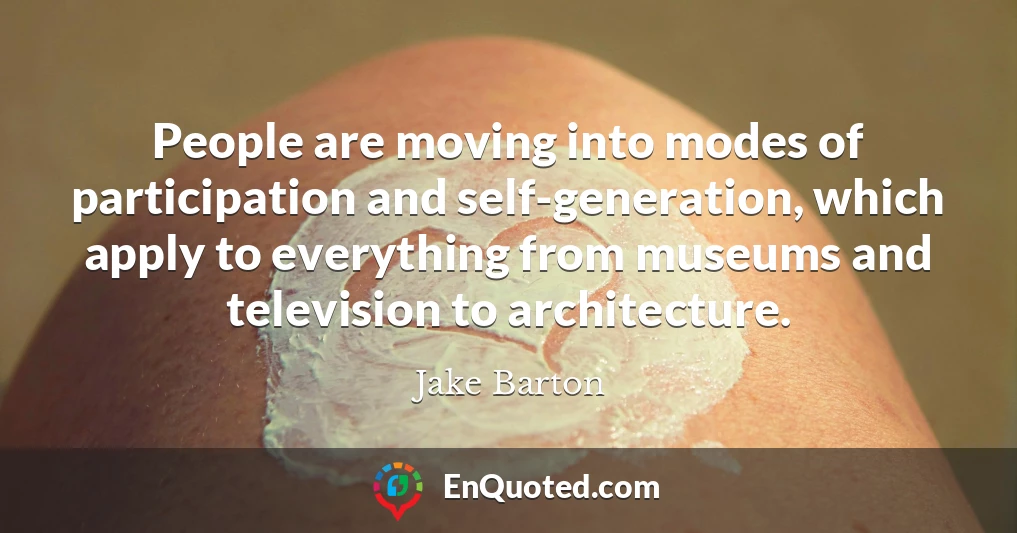Top 19 Quotes by Jake Barton
The Memorial Finder covers the gap. It tells you the specific panel and number where you can find an individual but begins to reveal the connections between the names themselves. As you move around the site itself, a smartphone app will reveal adjacencies as well as the stories behind the names.







